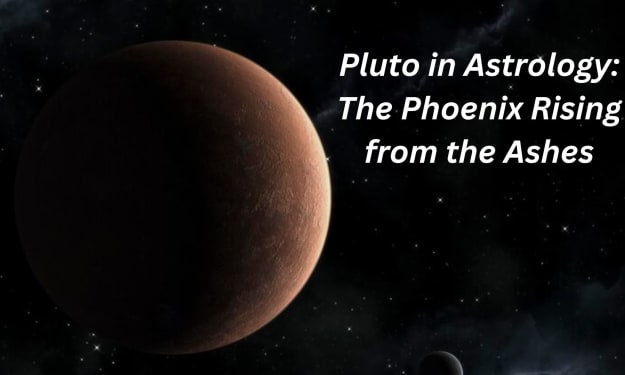This Is How Aliens Might Search For Human Life
This Is How Aliens Might Search For Human Life

Scientists in search of alien life have limited their hunt to stars and planetary systems that cast occasional glances at Earth as it passes before the sun. Seven of the 2043 known host planets and many more are likely to orbit worlds that could be suitable for life. As a result of this study, astronomers looking for extraterrestrial life are now focusing on stars, planetary systems, and views of Earth, rather than what to expect from Earth.
Astronomers have located more than 2,000 stars in the not-too-distant past and future that Earth could recognize in transit through the face of the Sun. If there are extraterrestrials living on planets around these stars - or at least those that have a similar technological advancement to our own species - they could discover us. And if there are other planets that look very similar to the planet on Earth, as the Kepler spacecraft has discovered, the probability that there is a human-like alien intelligence on them is not very great.
There are millions of civilizations in our galaxy, but as the current level of Earth's technological development spreads across space, the distance between us and the nearest civilization is about 300 light years. Space travel is a long journey and an enormous investment, so if aliens wanted to contact us, they would have to send robots and computers to do so. The information provided by a near-civilisation such as ours would take at least 300 years for a simple journey and up to 600 years for questions and answers.
All of these factors add a bit of statistical spice to our increasing ability to study signals from other star systems, and as the above interactive presentation shows, the results vary considerably. If you play the game with lowball variables, you could have 1,000 detectable civilizations at any time. Imagine there are 10,000 of them, and we are likely to find extraterrestrial life by 2040.
Simon Conway-Morris, an evolutionary biologist at Cambridge, believes intelligent alien life looks very similar to us. Most astrophysicists believe that life originated about 13.5 billion years ago, when the galaxy was still forming. Different species evolved in similar patterns, he argues, and the runes of evolution are the same on other planets.
Given that our sun is 4.6 billion years old, Fraknoi says that civilizations in other parts of the galaxy may have used robotics or artificial intelligence to tap into the energy of their stars up to 8 billion years before the formation of the solar system. Astronomers have come up with a scientific name for it: direct panspermia, which describes the act of an alien civilization planting the seed of life on another world. Alien life, if it exists, could exist anywhere in the universe except Earth.
The greatest achievement of nascent astrobiology, based on the study of the origins of life, is the search for life beyond Earth. No one knows which aspects of a living system are necessary in the sense that all living systems have them or which are conditioned in the sense that they are the result of evolutionary accidents, such as different sequences of events leading to different characteristics of life. The ETs and starships and invaders of popular culture are anything but discoveries, but very real.
Despite our current ignorance of how widespread alien life is, attempts to estimate the number of technological civilizations in our galaxy are notoriously unreliable. We on Earth have the necessary technology to communicate with other civilizations in the depths of space. Under the circumstances of a common and derivable civilization in the galaxy, it seems possible that a one-sided radio message could be beamed to Earth at any time from a radio station on a planet orbiting another star.
If we were to live with the same kind of technology, human life on Earth would not be detectable. Powerful telescopes have discovered numerous planets orbiting their stars at a habitable distance known as the Goldilocks zone. Some of these planets are much more massive than Earth, orbiting dark stars dozens of light years away.
Rene Heller, astrophysicist and expert in planetary detection at the Max Planck Institute for Solar System Research in Germany began to think about this in 2009 when he and his colleagues created a sky map of stars and transiting planets that astronomers had discovered. The most successful method we have used to find planets in our solar system is by orbiting their host stars, generating tiny flashes of light that we can see with astronomical instruments. This means that planets can observe the slight dips in brightness of our Sun from the right vantage point as the Earth goes in and out in front of it.
One day, the two started making jokes about how alien scientists could create a similar map that would take them to Earth. In 2016, Rene Heller, astrophysicist and expert in planet observing at the Max Planck Institute for Solar System Research in Germany and colleagues published an essay listing 82 stars that would enable the search for Earth from the right perspective.
Over the next 5,000 years, 319 more stars will move into the right position for the best view. This is the first study of its kind that takes into account a star's changing perspective over time and builds on previous research using its current position in the cosmos.





Comments
There are no comments for this story
Be the first to respond and start the conversation.